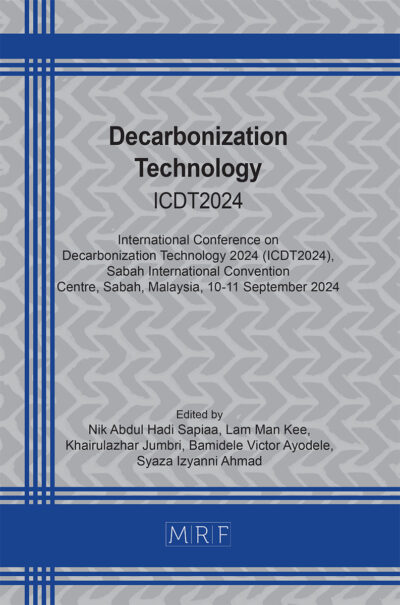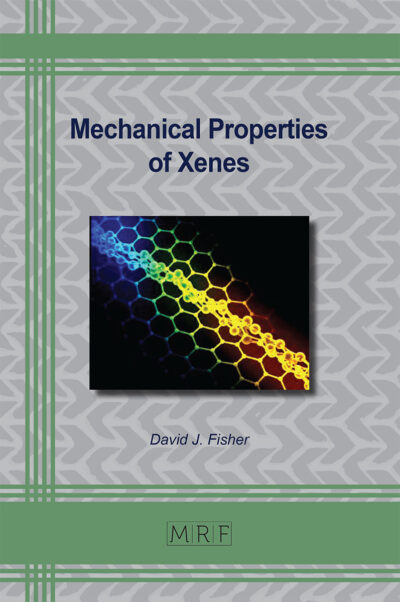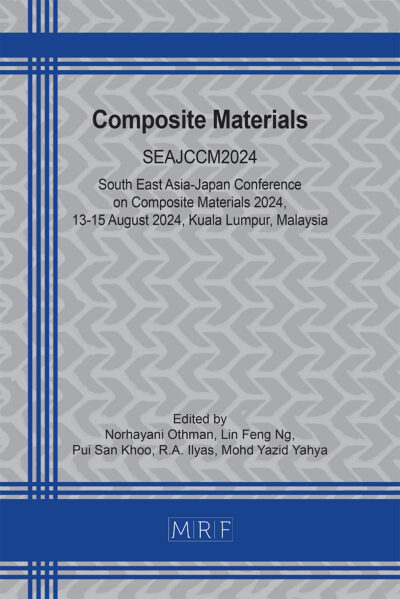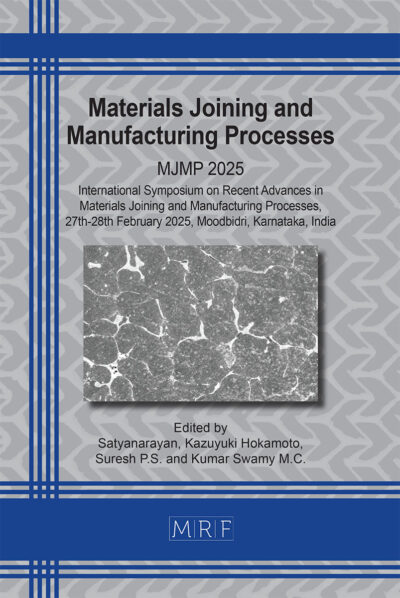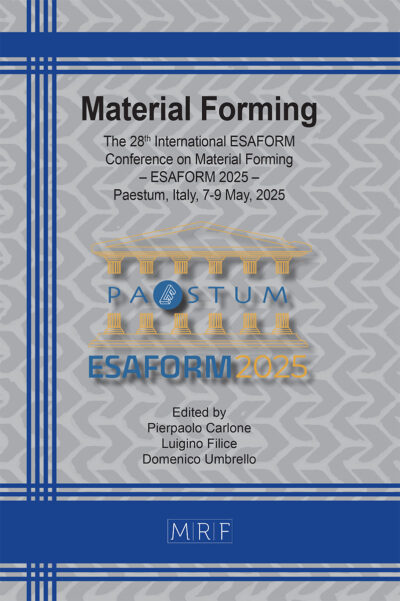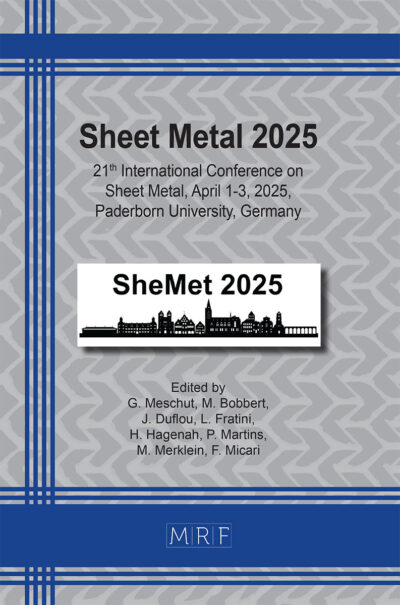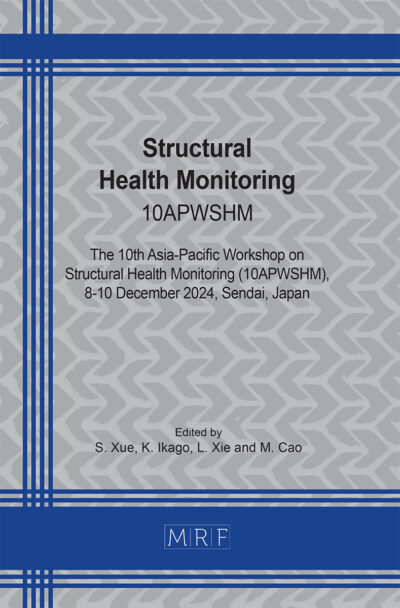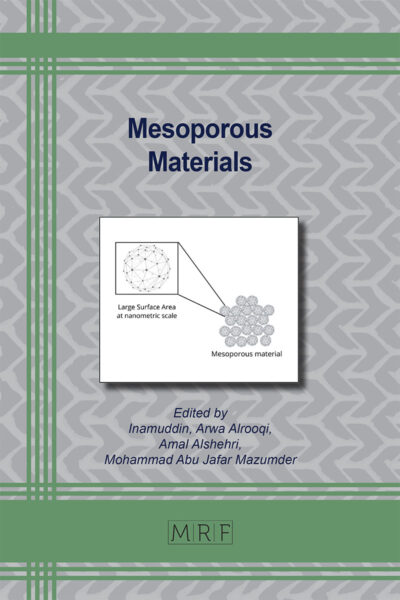In-situ epoxidation of palm kernel oil for chemical precursor: Catalysis and kinetic modelling
MOHD JUMAIN Jalil, SITI JUWAIRIYAH A Rahman, INTAN SUHADA Azmi
Abstract. The increasing desire for eco-friendly epoxides made from vegetable oils has ignited curiosity in the epoxidation process of palm oil. However, limited research has explored the palm kernel oil with utilizing phosphoric acid as a catalyst during epoxidation. This study aims to investigate the influence of phosphoric acid as a homogeneous catalyst in the epoxidation reaction and examine the kinetics of the process employing particle swarm optimization (PSO) and genetic algorithm (GA). The in situ peracid mechanism, known for its cost-effectiveness and reduced environmental impact, was selected as the method for epoxide production. The experimental investigation involved epoxidizing palm kernel oil (PKO) to obtain epoxidized palm kernel oil (EPKO). Notably, a reaction time of 24 minutes resulted in a relative conversion of olefin (RCO%) reaching 51.4%. The results of this research enhance our comprehension of the phosphoric acid- catalyzed epoxidation of palm kernel oil and demonstrate the applicability of metaheuristic algorithms for kinetics modelling and optimization in this context. For the kinetics study, both GA and PSO methods were employed, and the sum of errors for both approaches was 0.28 for GA and 0.32 for PSO. These findings suggest that both GA and PSO methods can be effectively utilized for the purpose of kinetics study.
Keywords
Epoxidation, Palm Kernel Oil, Phosphoric Acid, Genetic Algorithm, Particle Swarm
Published online 4/25/2025, 6 pages
Copyright © 2025 by the author(s)
Published under license by Materials Research Forum LLC., Millersville PA, USA
Citation: MOHD JUMAIN Jalil, SITI JUWAIRIYAH A Rahman, INTAN SUHADA Azmi, In-situ epoxidation of palm kernel oil for chemical precursor: Catalysis and kinetic modelling, Materials Research Proceedings, Vol. 53, pp 374-379, 2025
DOI: https://doi.org/10.21741/9781644903575-36
The article was published as article 36 of the book Decarbonization Technology
![]() Content from this work may be used under the terms of the Creative Commons Attribution 3.0 license. Any further distribution of this work must maintain attribution to the author(s) and the title of the work, journal citation and DOI.
Content from this work may be used under the terms of the Creative Commons Attribution 3.0 license. Any further distribution of this work must maintain attribution to the author(s) and the title of the work, journal citation and DOI.
References
[1] W.N.W. Tajulruddin, A.R. Rahmat, Z.A.M. Yusof, A. Fakhari, Characterization of Polyol Synthesized from Epoxidized Palm Oil Using Fourier Transform Infra-Red and Nuclear Magnetic Resonance, J. Adv. Res. Appl. Mech. 10 (2015) 30–35. http://www.akademiabaru.com/doc/ARAMV10_N1_P30_35.pdf
[2] P. Kannan, N.H. Mansor, N.K. Rahman, T.S. Peng, S.M. Mazlan, A review on the malaysian sustainable palm oil certification process among independent oil palm smallholders, J. Oil Palm Res. 33 (2021) 171–180. https://doi.org/10.21894/jopr.2020.0056
[3] F.H. Yeoh, C.S. Lee, Y.B. Kang, S.F. Wong, S.F. Cheng, W.S. Ng, Production of biodegradable palm oil-based polyurethane as potential biomaterial for biomedical applications, Polymers (Basel). 12 (2020). https://doi.org/10.3390/POLYM12081842
[4] Sardari, A.A.S. Alvani, S.R. Ghaffarian, Synthesis and characterization of novel castor oil-based polyol for potential applications in coatings, J. Renew. Mater. 7 (2019) 31–40. https://doi.org/10.32604/jrm.2019.00045
[5] K. Polaczek, M. Kurańska, M. Auguścik-Królikowska, A. Prociak, J. Ryszkowska, Open- cell polyurethane foams of very low density modified with various palm oil-based bio- polyols in accordance with cleaner production, J. Clean. Prod. 290 (2021). https://doi.org/10.1016/j.jclepro.2021.125875
[6] M.A. Sawpan, Polyurethanes from vegetable oils and applications: a review, J. Polym. Res. 25 (2018). https://doi.org/10.1007/s10965-018-1578-3
[7] F. Marriam, A. Irshad, I. Umer, M. Arslan, Vegetable oils as bio-based precursors for epoxies, Sustain.Chem. Pharm. 31 (2023)100935. https://doi.org/10.1016/j.scp.2022.100935
[8] W.F. Bohórquez, A. Orjuela, P.C.N. Rincón, J.G. Cadavid, J.A. García-Nunez, Experimental optimization during epoxidation of a high-oleic palm oil using a simplex algorithm, Ind. Crops Prod. 187 (2022) 1–8. https://doi.org/10.1016/j.indcrop.2022.115321
[9] E.R. Gunawan, D. Suhendra, P. Arimanda, D. Asnawati, Murniati, Epoxidation of Terminalia catappa L. Seed oil: Optimization reaction, South African J. Chem. Eng. 43 (2023) 128–134. https://doi.org/10.1016/j.sajce.2022.10.011
[10] Y. Meng, N. Kebir, X. Cai, S. Leveneur, In-Depth Kinetic Modeling and Chemical Analysis for the Epoxidation of Vegetable Oils in a Liquid–Liquid–Solid System, Catalysts. 13 (2023). https://doi.org/10.3390/catal13020274
[11] A.S.A. Hazmi, M.M. Aung, L.C. Abdullah, M.Z. Salleh, M.H. Mahmood, Producing Jatropha oil-based polyol via epoxidation and ring opening, Ind. Crops Prod. 50 (2013) 563–
[12] 567. https://doi.org/https://doi.org/10.1016/j.indcrop.2013.08.003
[13] N. Kamairudin, S.S. Hoong, L.C. Abdullah, H. Ariffin, D.R.A. Biak, Optimisation of epoxide ring-opening reaction for the synthesis of bio-polyol from palm oil derivative using response surface methodology, Molecules. 26 (2021). https://doi.org/10.3390/molecules26030648
[14] E.R. Gunawan, D. Suhendra, P. Arimanda, D. Asnawati, Murniati, Epoxidation of Terminalia catappa L. Seed oil: Optimization reaction, South African J. Chem. Eng. 43 (2023) 128–134. https://doi.org/10.1016/j.sajce.2022.10.011
[15] I.S. Azmi, M.R. Mustafa, N.I.S. Mohd Zalman, M.D. Haqeem Norazlan, N. Mahdir, M.S. Md Zaini, M.J. Jalil, Synthesis of bio-polyol from epoxidized palm oleic acid by homogeneous catalyst, J. Elastomers Plast. 0 (2022) 1–13. https://doi.org/10.1177/00952443221147029
[16] M.J. Jalil, N. Mohamed, S.K. Jamaludin, A.M. Som, A.R. Mohamad Daud, Epoxidation of Palm Kernel Oil-Based Crude Oleic Acid, Adv. Mater. Res. 906 (2014) 125–130. https://doi.org/10.4028/www.scientific.net/AMR.906.125
[17] M. J. Jalil, I. S. Azmi, A. Farhan, M. Yamin, M. Zarqani, Y. Abdul, Catalytic Epoxidation of Oleic Acid and Subsequent Ring ‑ Opening by In Situ Hydrolysis for Production Dihydroxystearic Acid, J. Polym. Environ. (2022). https://doi.org/10.1007/s10924-022- 02736-3


